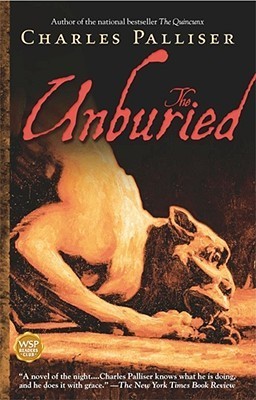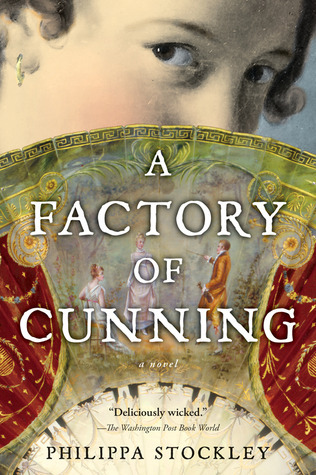
The Dress Lodger
Book Description
A young woman walks the fog-laden streets of 19th-century Durham, her only hope tied to a breathtaking dress and the gruesome trade of the dead. When love collides with desperation, the boundaries between survival and morality blur. As the specter of disease grips the city, secrets unravel and dark desires emerge, forcing impossible choices. Daring ambition mixes with heartbreak, and every decision leads deeper into a world where life and death are just two sides of the same coin. Can she reclaim her future, or will the shadows of her past swallow her whole?
Quick Book Summary
Set amidst the cholera outbreak in 1831 Durham, "The Dress Lodger" weaves together the harrowing struggles of Gustine, a young prostitute forced to rent an elegant dress to attract clients and survive in a world ravaged by poverty and suspicion. As cities face disease and death, Gustine becomes entangled with Dr. Sunderland, an idealistic physician obsessed with understanding cholera, whose medical ambitions draw him into the murky world of corpse procurement. Their paths cross in tragic circumstance, each grappling with the blurred lines between necessity and morality. Gustine's quest to protect her sickly infant and find agency in a hostile society drives her deeper into dangerous choices, illuminating the desperate measures taken by those with nothing left to lose. Holman's vivid characters and haunting atmosphere explore themes of survival, class divide, scientific progress, and the cost of ambition.
Summary of Key Ideas
Table of Contents
Survival and Morality in Poverty
The novel opens in the bustling, disease-ridden streets of 1831 Durham, where Gustine, a 15-year-old prostitute known as a dress lodger, tries to eke out a living renting a beautiful blue gown to entice clients. She navigates a world shaped by grinding poverty, social scorn, and constant hardship. The rental arrangement, controlled by her landlord and overseer, Pink, traps Gustine in a cycle of exploitation while she struggles to earn enough to provide for her ailing infant son.
Science versus Superstition and Societal Change
As cholera ravages the city, medical science remains primitive and fear thickens among townsfolk. Dr. Henry Chiver Sunderland, a young surgeon, desperately seeks corpses to advance his anatomical studies and combat the mysterious epidemic. The demand for bodies drives a gruesome black market. Gustine’s secret, unhealthy baby makes her aware of the desperation for cadavers, putting her at the intersection of medical ambition and human vulnerability.
Class Divisions and Social Prejudice
Trust and betrayal thread through the community, which views doctors with suspicion and the poor with contempt. Gustine’s interactions with Sunderland and other townspeople reveal the deep class divides and moral ambiguities inherent in their choices. Both are caught in systems that exploit them—Sunderland by academic ambition and reputation; Gustine by destitution, gender, and circumstance—yet each tries to exercise agency where possible, with consequences that ripple outward.
Body Trade and Medical Ethics
Holman masterfully depicts the tension between tradition and modernity. Superstition, religion, and progress collide as people debate the causes of the epidemic and how to combat it. Sunderland’s efforts to study and prevent cholera pit him against townsfolk whose fear of dissection leads to riots and violence. Meanwhile, Gustine’s journey explores the blurred edge where survival eclipses conventional morality, driven by maternal love and self-preservation.
The Impact of Disease and Ambition
Ultimately, the novel is a meditation on the cost of ambition and the sacrifices made in the darkness of social neglect. The climactic convergence of Gustine’s and Sunderland’s fates, amid escalating disease and societal unrest, underscores the grim realities of Victorian life—and the fleeting moments of hope and compassion that emerge despite overwhelming hardship. Holman’s evocative prose and historical detail bring 19th-century Durham to life, making "The Dress Lodger" a haunting study of choices made when survival hangs in the balance.
Download This Summary
Get a free PDF of this summary instantly — no email required.





